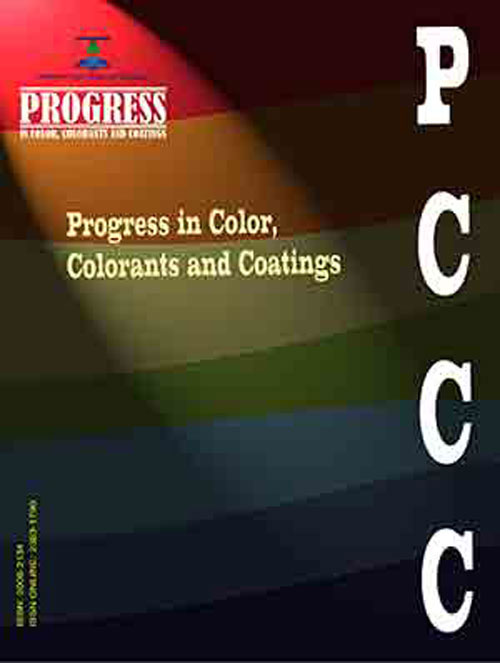Application of Face-Centered Central Composite Design (FCCCD) in Optimization of Enzymatic Decolorization of Two Azo Dyes: A Modeling vs. Empirical Comparison
Author(s):
Article Type:
Research/Original Article (دارای رتبه معتبر)
Abstract:
Biological treatment, especially enzymatic methods, can be employed for effective and environmental- friendly treatment of dye effluents. Laccase, belonging to the blue multi-copper oxidases category, can oxidize a wide variety of substrates, especially synthetic dyes. In this study, laccase was used to biodegrade two azo dyes, i.e., Direct Red 23 and Acid Blue 92. Before conducting the experiments, the laccase used in this study was enzymatically characterized. Face-centered central composite design (FCCCD) was used to optimize the main parameters of the decolorization process. The optimum conditions to maximize the bio-decolorization process of AB92 were X1=11.85 mg L-1, X2=5.10, and X3=98.37 mg L-1, with a decolorization extent of 92.30%. These conditions for DR23 were X1=17.68 mg L-1, X2=3.70, and X3=97.89 mg L-1, with a decolorization extent of 95.60%. The optimum conditions for both dyes showed that the enzymatic decolorization favored lower dye concentration. Considering the ANOVA analysis data, the synergetic interactions orders were as follow: AB92: dye concentration-enzyme dosage> dye concentration-pH> enzyme dosage-pH; DR23: dye concentration-pH> dye concentration-enzyme dosage> enzyme dosage-pH.
Keywords:
Language:
English
Published:
Progress in Color, Colorants and Coatings, Volume:12 Issue: 3, Spring 2019
Pages:
179 to 190
https://www.magiran.com/p1988589


